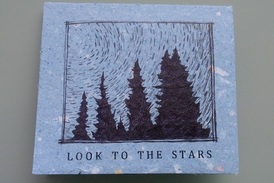 Over the past week both Gary and I have had colds so studio work came mostly to a halt. I'm feeling a bit better today so thought I'd take advantage of my convalescing time to catch up on the trajectory of leaving my day job back at the end of June and how things have gone thus far. I'm not going to lie, it's been a bumpy ride. Orders and students have come in fits and starts. While the overall pace of things has definitely picked up over the last several months, the money side of things is still very uneven. I knew that being self employed would come with no financial guarantee, so had prepared myself as much as possible. I do my best not to let a sense of desperation take hold if things are looking tight, but to try and problem solve about how to make the money come in a natural and unforced fashion. Figuring out how to best get the word out about our classes and custom order offerings can be a challenge when you don't have a marketing budget and are an introvert. Our best way to reach people is word of mouth, so if you've taken a class, or bought our paper, please tell people you know. And for all of you who have helped spread the word- THANK YOU! It means the world to us. ------------------------------
0 Comments
Over the last month Jenn had the pleasure of working with artist Mami Takahashi in our studio as our first participant in our Combined Studio Residency with the c3:initiative. Having had a bit of experience with papermaking, Mami dove right into an exploration of fibers, trying out cotton, crocosmia, overbeaten abaca, Thai Kozo, and Japanese Kozo. Over the course of about 40 hours Mami honed her understanding of these types of fibers and how they can be incorporated into her art practice. We can't wait to share Mami's completed work with you next year and will keep you posted on when/where you can see her art around Portland and beyond.
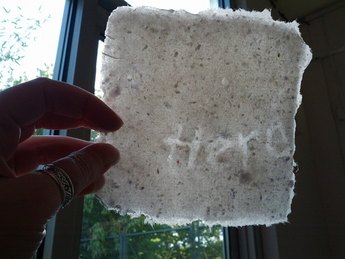 Last Thursday marked a big occasion for our studio- it was Jenn's last day at her day job! After 5 years as the HR & Office Coordinator for the non-profit classical radio station in Portland, it was time to move on. Here are some of Jenn's thoughts on the transition. This is going to be pretty long, so if you're looking for something breezy and succinct, this isn't the post for you. In a sea of inspirational internet blogs about quitting your day job, I don't have all the answers. All I can offer is some insight into how I got to this place, and maybe that will help someone else feel a little less alone in their struggles. Or maybe it will help you understand why our paper studio is bigger than a small business, it's huge to us. It's a radically different way of life. It's a choice to move towards investing in our hopes and dreams and to have the privilege to share them with others. 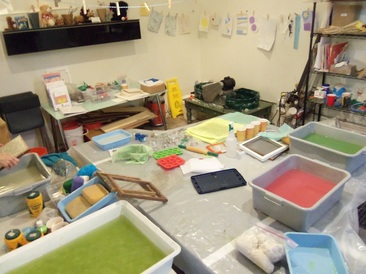 At the end of the year it seems everyone is taking stock of the past 12 months and thinking about what tomorrow will bring. More of the same? Something fresh? Likely a mix of both. We'll jump into the melee and share our recap of the year and what we are looking forward to in 2014. 2013 was the first full year of Pulp & Deckle being in existence. We honed our teaching skills, took a 5 week small business workshop via the PSU Business Outreach Program, particpated in 2 farmer's markets and 3 days of Art in the Pearl (doing demos), were vendors at the St. Johns Bizarre, competed in the Martha Stewart American Made Awards, were interviewed for a video currently on view at the Museum of Contemporary Craft, participated in Little Boxes, and hosted several open house/demo. events at the studio. It seems fitting that as the calendar year turns over we are pulping away at the studio, working on a custom order of 820 papers for a unique book project (more on that soon!). It's been a year of victories, firsts, failures and many, many learning opportunities. While we're not quite as far along as we had hoped we'd be in terms of being employed full-time by ourselves (we both still have day jobs to pay the bills), we do recognize what we've accomplished. We're still volunteering our time at the studio, and unfortunately did not qualify for a small business loan, but we're not going to let that keep us from charging ahead. 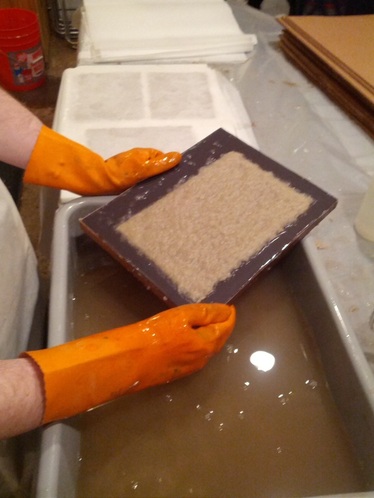 A few things that we're looking forward to in 2014 are giving a talk/demo./family activity at the Museum of the Oregon Territory in Feb., and teaching a watermarks workshop at Sitka Center for Art and Ecology in July. We're also excited to formally launch our line of custom wedding goods (designs coming in late Jan.) As we look to the new year, we're honing our business plan to identify the kinds of partnerships and programs we'd like to develop. Our studio is dedicated to the creation, promotion and preservation of the handmade papermaking process. As such we'd like to put more of an emphasis on developing community engagement projects that connect people with handmade paper in a meaningful way. We've got an idea cooking for a Valentine's Day related project (details coming soon!), and are also looking at ways we can have drop-in workshop nights. We'd love to do more demo. gigs, and teach workshops (and take workshops!) around the globe (so get in touch if you have a collaboration you'd like to do with us). And we will be placing an emphasis on creating papers from locally harvested plants like iris leaves, sitka spruce bark, gladiola stalks, cattails, and crocosmia, just to name a few. There's a lot of room to grow and learn and we welcome the new year with open arms! Happy New Year! See you on the other side. marbled papers recycled papers seed papers vegetable and fruit papyrus beer paper cotton rag paper bamboo paper papers made with wedding flowers eastern style papers (mulberry, banana) mobiles seed paper confetti invitations bookmarks stationery custom postcards for local businesses menus coasters party backdrops nightlights journals masks ornaments banners thrown pulp sculptures posters buttons sewn items typed on items drawings prints 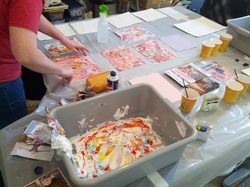 One of the workshops we enjoy offering is paper marbling. The art of marbling paper is the process of dripping various colors of ink or thinned paint onto a liquid surface. The earliest type of marbling started in 12th century Japan and is called Suminagashi, which means "spilled ink." India, Persia, and Turkey began using marbling techniques in their decorative arts in the 15th century. It wasn't until the 17th century that European artists began to marble. In our marbling workshop we like to focus on two very different techniques. We start with a process involving shaving cream, food coloring, and our 100% post-consumer waste recycled papers. This is a really messy and fun way to marble that you can learn to do at home (if you dare!) Once we have everyone smelling thoroughly like a barber shop, we move on to Suminagashi. We use bottled inks to drop colors onto a water and methocel mixture, creating patterns that we carefully transfer onto our handmade cotton rag papers. At the conclusion of the class students end up with a totally unique, one-of-a-kind mix of marbled papers that they can use to make cards, art, books, etc. In addition to our regularly scheduled marbling classes, we'd love to teach some private group, or individual marbling workshops. Drop us a line at our email to discuss the possibilities. The gallery below features photos from our last round of paper marbling. Enjoy! 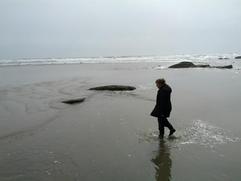 A couple of weekends back we went to Arch Cape, OR for the weekend to celebrate Jenn's birthday. While there we decided to collect seaweed on the beach (good thing we brought our rain boots!) The weather was pretty stormy and we had a limited window of opportunity for scavenging, but we estimate that we collected about .5 lbs of wet material. 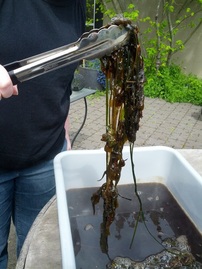 As we couldn't get to the studio right away, we stored the seaweed in a lidded container with water in our basement. Once we were ready to bring it over to the studio we rinsed it off, and put in a large pot with a bit of soda ash to cook for about 2 hours. We checked about every 30 mins. to see how the plant was when we gently tried to pull it apart, and once it started pulling without resistance we figured it was done and ready to be rinsed. 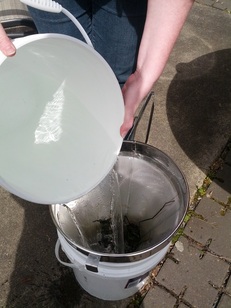 When disposing of the water that the plants were cooked in, we made sure to add in some vinegar to neutralize the toxicity of the water/soda ash before disposal. Here we are rinsing the seaweed with water and vinegar, and collecting it in our large strainer. After straining the seaweed we decided to try putting it in our "critter" beater for about 1.5 hours. While there were some stubborn ribbon-y clumps, most of the material broke down well into semi-short fibers. We might have been able to beat the material a little longer to get the fibers to be less clumpy. Next time! As this was our first time making seaweed paper we weren't really sure about the quality of the plants we collected. In hindsight I think it would be best to collect longer strands that are more grass-like. Much of our seaweed had nodules, and heck, maybe isn't even seaweed but some other ocean plant life. In the future we will also collect more material. We had to couch 2-3 layers of fibers to make a solid sheet without holes. 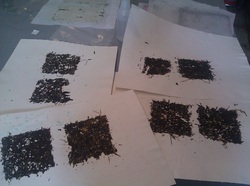 Once the seaweed was dried for about 48 hours in our restraint drying box, we discovered it really did not want to release itself from our cotton blotters. We decided that rather than trying to peel off the super thin sheets, we'll leave them on the blotters and make some art of them. Printmaking anyone? So yes, in the future we'll be doing some things differently with our seaweed papers. Hopefully we'll end up with a more successful end product next time around. Anyone out there got any tips for us? We'd love to hear them! |
The StudioPulp & Deckle is a handmade papermaking studio located in Oregon. Archives
September 2023
Categories
All
|

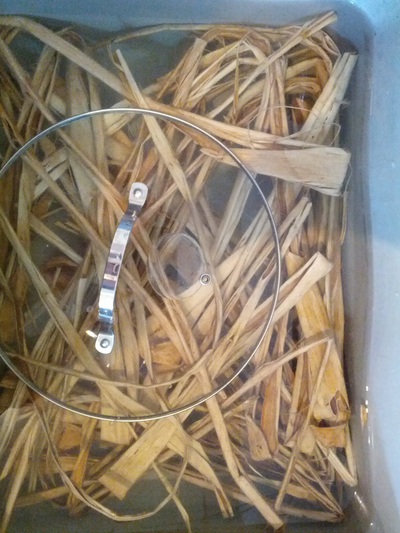
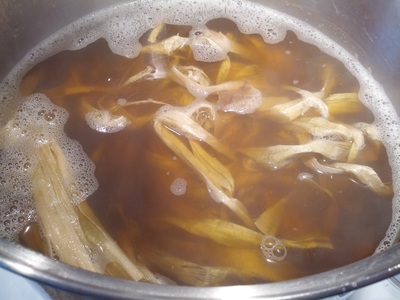
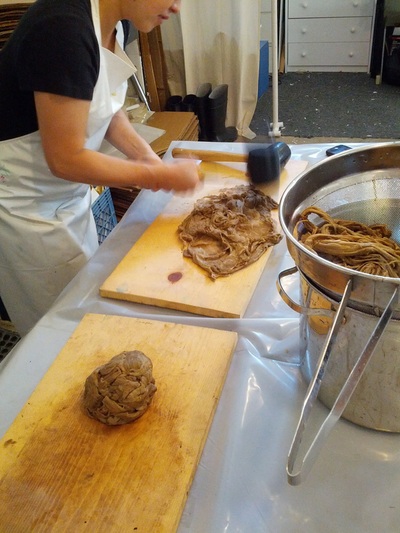
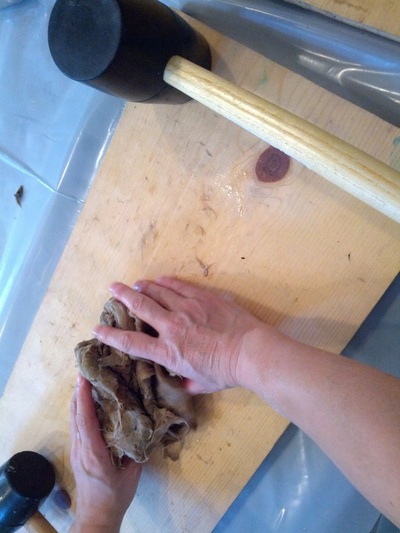
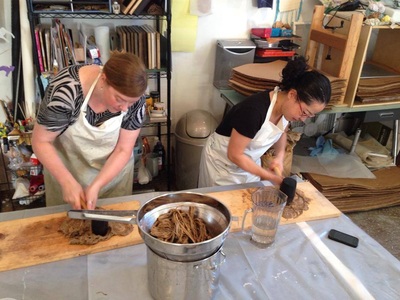
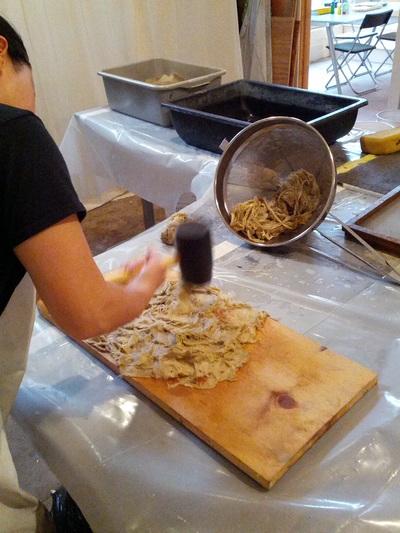
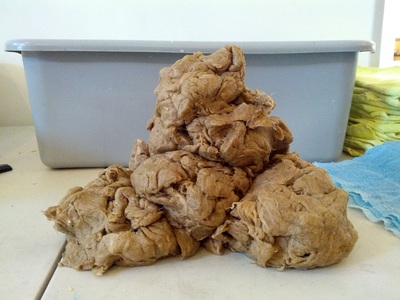
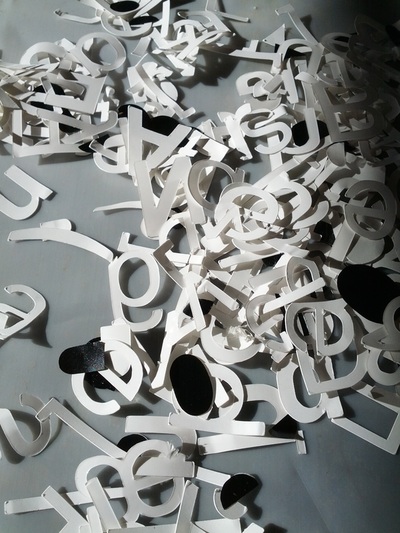
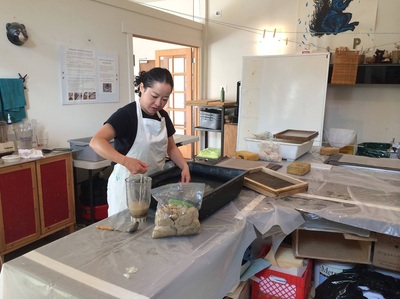
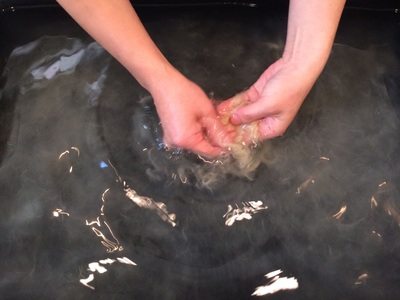
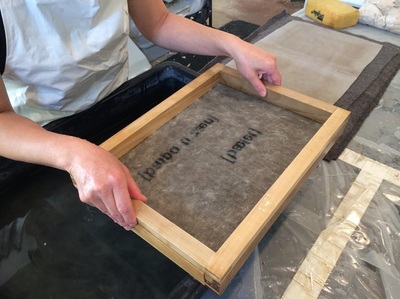
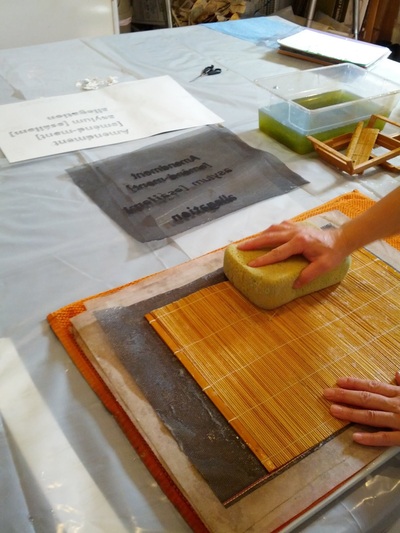
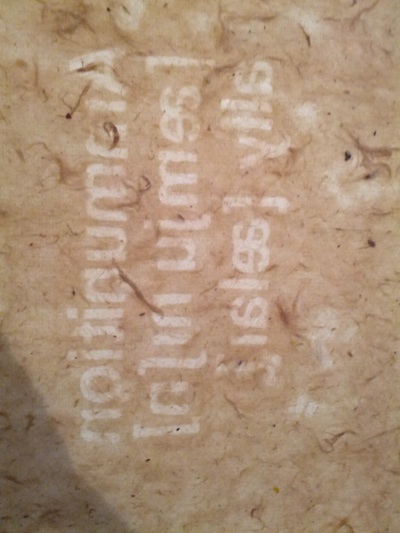
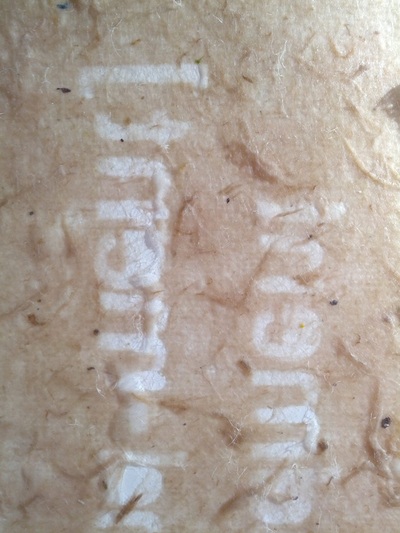
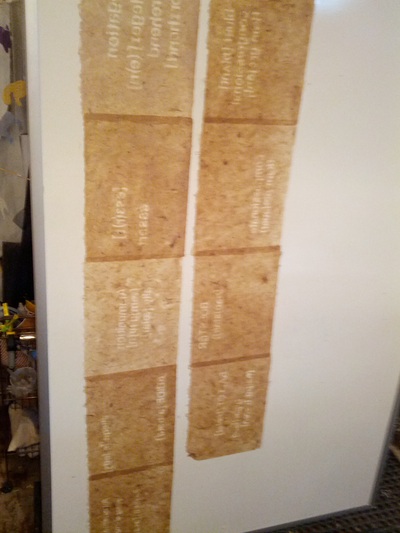
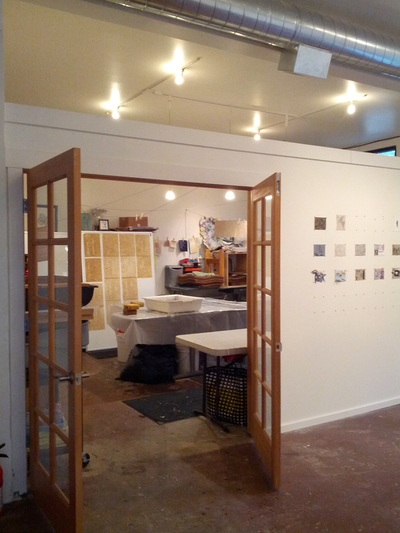
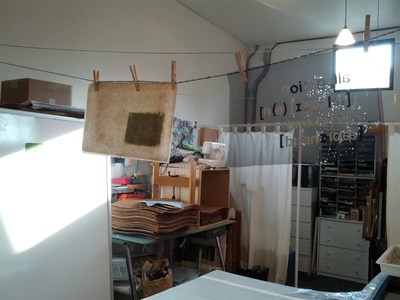
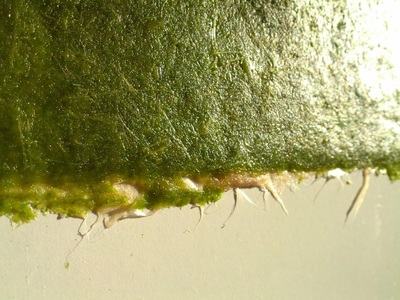
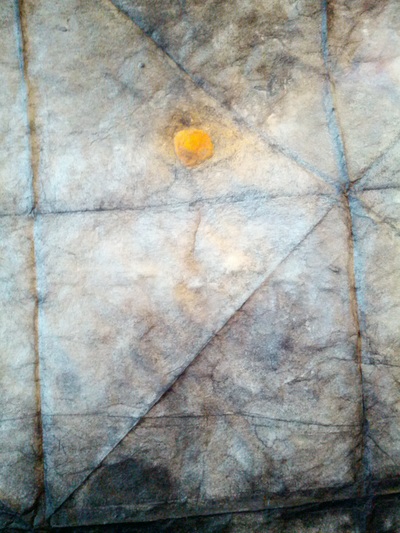
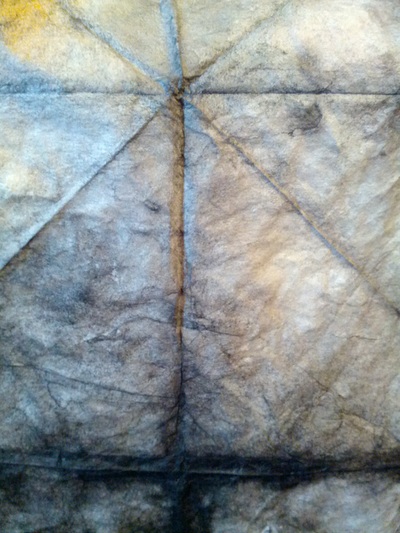
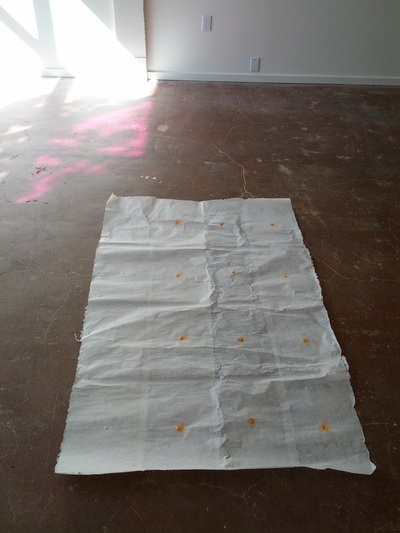
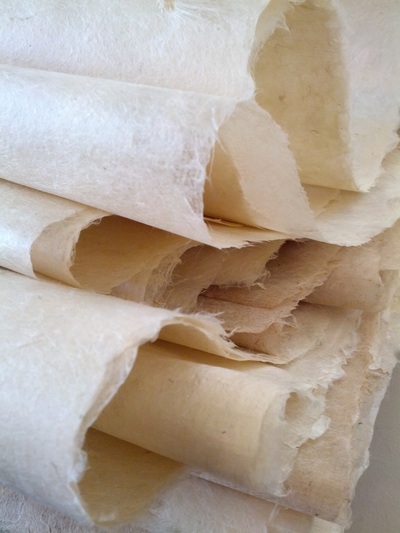
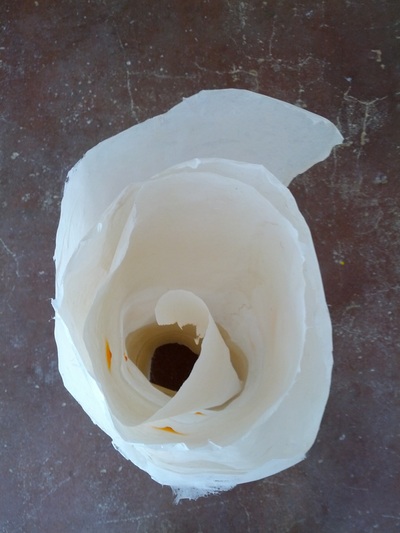
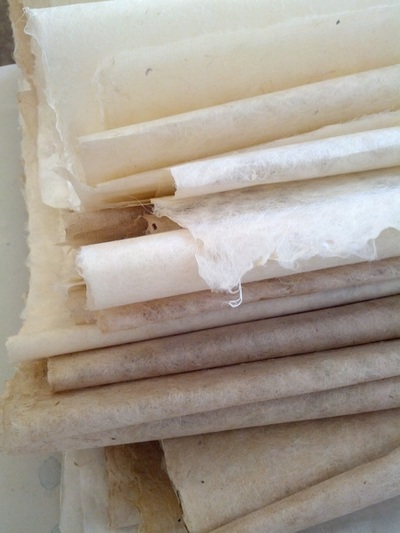
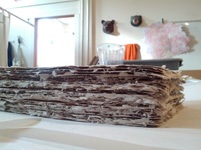
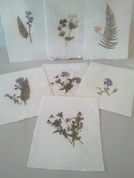
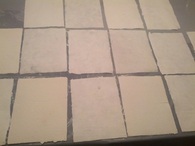

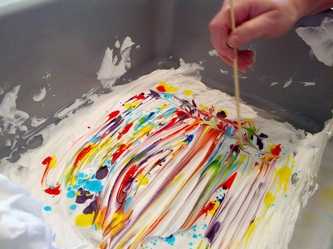
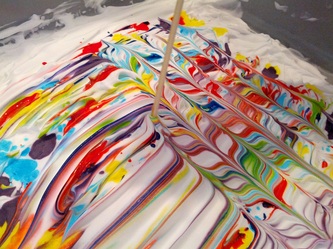
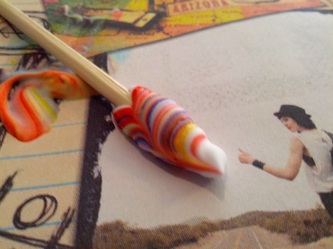
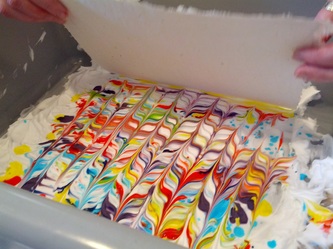
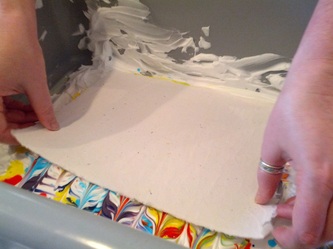
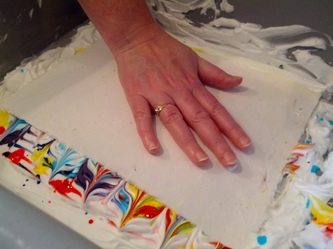
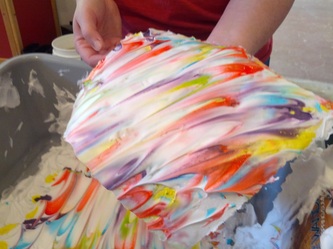

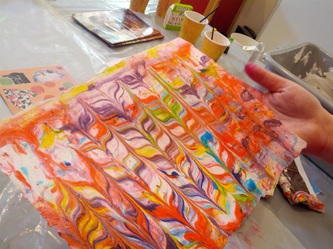

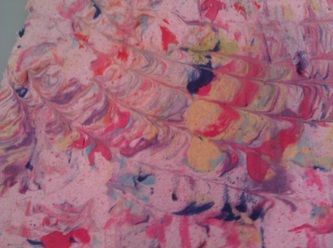
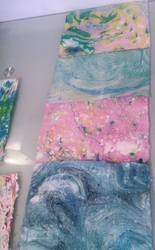
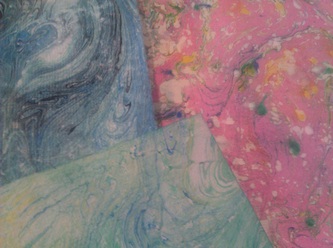
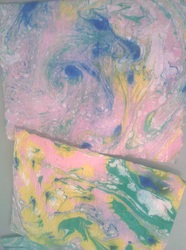
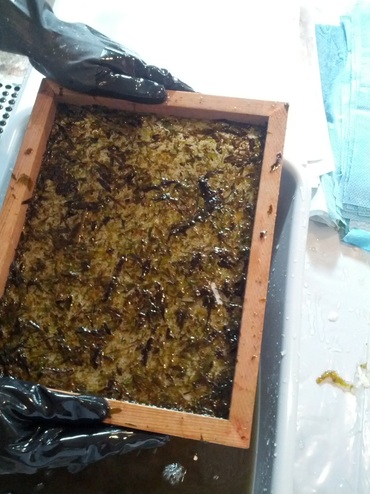
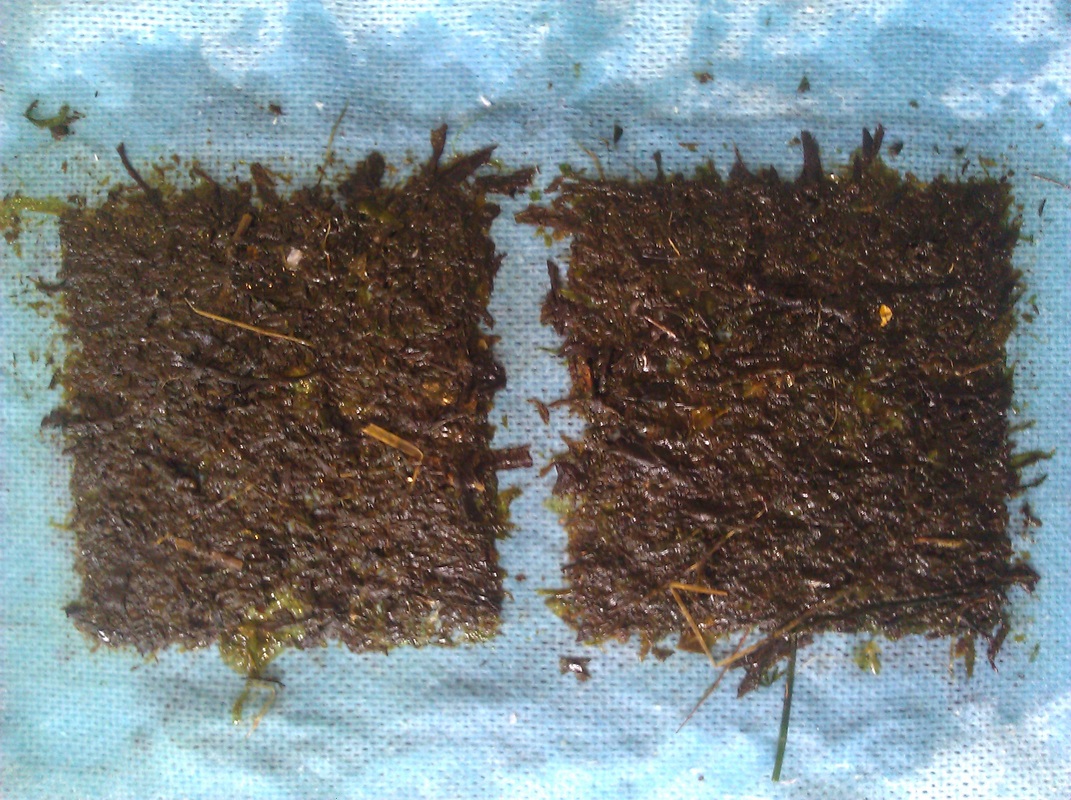
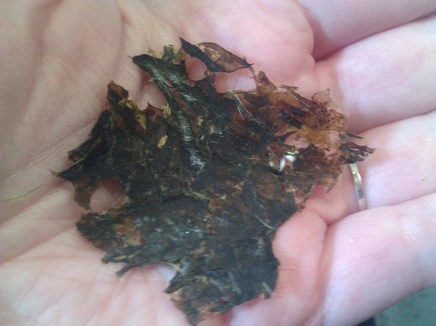
 RSS Feed
RSS Feed